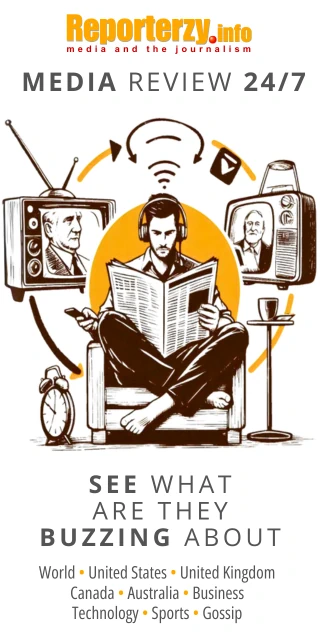 illustration: DALL-E
illustration: DALL-EFor companies, this means one thing: classic SEO is no longer enough. Users no longer need to browse dozens of pages and compare reviews. Today, it’s enough to ask ChatGPT, Claude, or Google AI Overview. The answer? A condensed analysis of brands, models, prices, and features - tailored to budget and needs. McKinsey’s study shows that:
- 50% of users consciously choose AI as their main shopping tool,
- 44% name it as their preferred source of information (by comparison: only 31% choose traditional search engines).
This shifts the decision-making point much earlier - before the consumer visits a website or clicks on an ad.
Time for GEO, not just SEO
Classic positioning is not enough. Companies must invest in GEO - gen AI engine optimization. It’s a new approach to visibility in a digital world that is changing faster than ever. McKinsey recommends four actions:
- Presence analysis - checking where the brand appears in AI results and what it’s missing.
- Content adjustment - creating materials not just for the website but also for external publications.
- Language optimization - clarity, specificity, timeliness - that’s what AI expects.
- GEO team - companies should appoint a dedicated team combining marketing, SEO, and data.
For now, only 16% of companies track their visibility in AI. This is a huge opportunity for those who start now. The report`s authors - Elizabeth Silliman, Kelsey Robinson, and Julien Boudet - emphasize: AI has already changed consumer behavior. Soon, it may be making purchase decisions on its own. Brands that invest in visibility will gain an edge. Those that don’t - will vanish from users’ radar.
Visibility in AI is not a coincidence
AI does not work like a classic search engine. Algorithms draw from a wide range of sources - including forum content, articles, affiliate sites, and user reviews. As a result, even market leaders may not appear in AI-generated answers at all. According to McKinsey’s report:
| Type of content source | Share in AI results |
|---|---|
| Brands’ own content | 5-10% |
| External content (forums, reviews, affiliations) | 90-95% |
Lack of presence in these sources poses a real risk of losing customers. It’s worth noting that in many industries - such as finance, hospitality, or electronics - even the biggest brands do not appear in Google AI Overview answers, despite dominating in SEO.
Full analysis available at www.mckinsey.com
COMMERCIAL BREAK
New articles in section Media industry
Journalism in the age of AI. Why people prefer humans over machines
Krzysztof Fiedorek
Only 12% of people accept news created solely by AI, while 62% prefer those written by humans. At the same time, only 19% notice labels indicating the use of artificial intelligence, while younger audiences ask AI to explain the content to them. These are the findings of the Reuters Institute report on artificial intelligence in media.
Why do we believe fakes? Science reveals the psychology of virals
KFi
Why do emotions grab more attention than evidence, and why can a fake authority overshadow scientific data? Researchers from Warsaw University of Technology, Jagiellonian University, and SWPS University in Poland sought the answers. Here are their findings.
Investigative journalism in Europe. Newsrooms face pressure
KFi, Newseria
Media and political representatives point to the difficult situation of investigative journalism in Europe. Newsrooms are reluctant to invest in this segment due to high costs and the large amount of time and effort required. Most of all, however, they fear legal proceedings.
See articles on a similar topic:
New Technologies in Journalism. PressInstitute Study
BARD
Nearly 39% of journalists use their smartphone or tablet camera to record videos, while over 26% use the built-in camera to take photos that they later publish, according to the "Journalists and New Technologies" study by PressInstitute.
Fake News and Disinformation in Poland. Scale, Impact and Future
Bartłomiej Dwornik
Where do the sources of disinformation lie, and how large is the scale of this wave? Why are we so susceptible to false information, and what role do traditional media play in this puzzle? Let’s shed some light on these issues and face the question: can the battle against the flood of disinformation still be won?
Repression Against Media: Committee to Protect Journalists Report for 2024
Krzysztof Fiedorek
In 2024, at least 361 journalists worldwide were imprisoned, often for exposing the truth. In China, reporters are tracked using advanced facial recognition systems, in Israel, Palestinian journalists are jailed without trial, and in Myanmar, journalist Shin Daewe received a life sentence for... a drone.
Social Media and Relationships. Interesting Research from Palestine
KFi
What does love look like in the digital age? Does technology bring people closer or push them apart? In an era where Facebook and Instagram replace dinner table conversations, social media has become a new space for marital relationships. Researchers from An-Najah National University examined how technology can build bonds but also sow uncertainty.






























